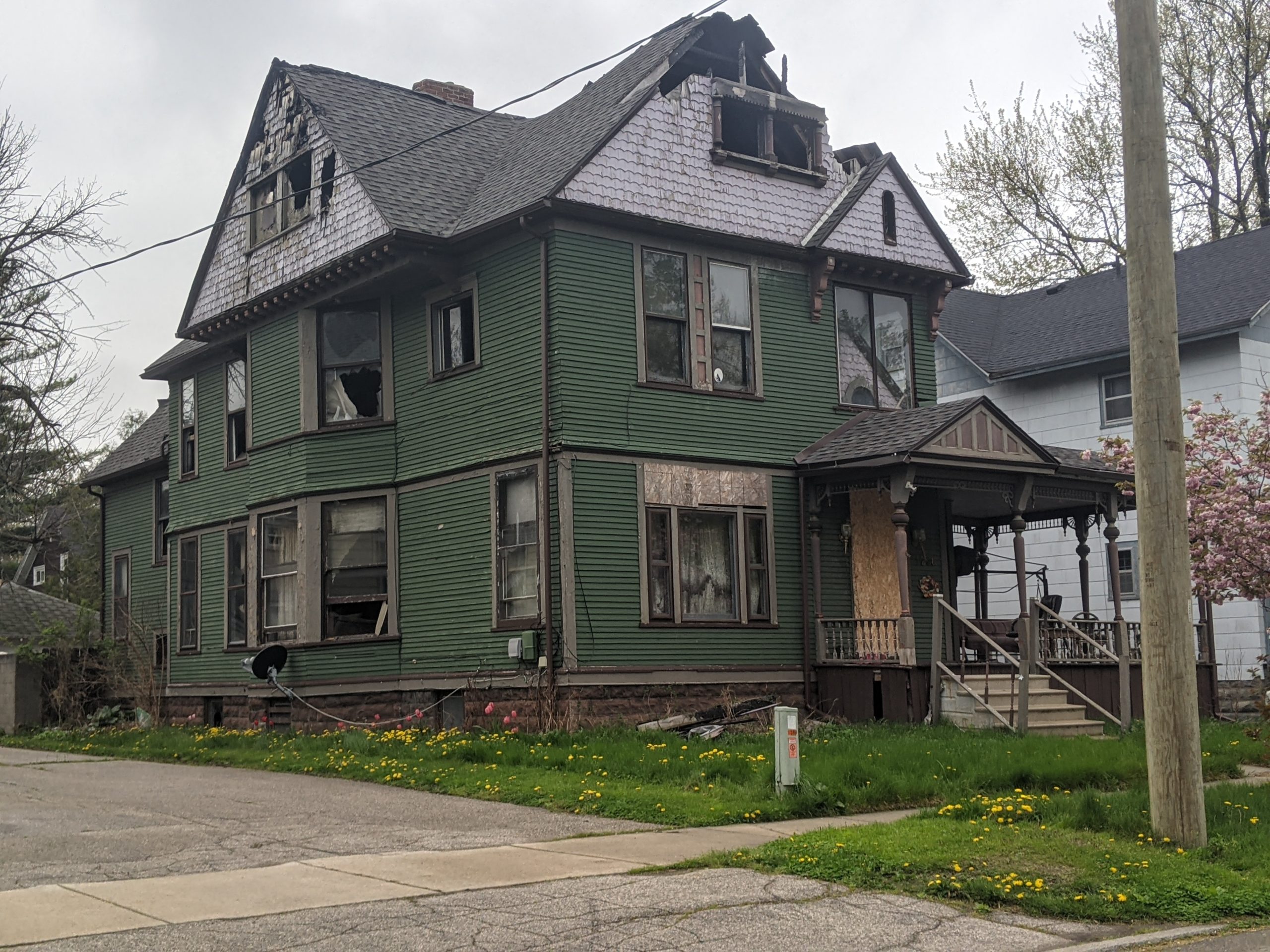Topic(s): ARPA, Code Enforcement System, News
Bay City Allocates $3 Million to Home Repair and Strategic Code Enforcement
February 14, 2022

Cities across the United States are receiving an unprecedented infusion of resources from the American Rescue Plan Act State and Local Fiscal Recovery Funds (ARPA SLFRF). Thanks to direct advocacy from Community Progress and our partners, the U.S. Treasury explicitly said communities can use ARPA SLFRF funds to address vacancy, as vacant, abandoned, and deteriorated properties correlate with a neighborhood’s overall health and resident well-being. We’re excited to see the impact of ARPA funds on a community close to home: Bay City, Michigan.
Last week, the City of Bay City, Michigan City Commission voted to allocate $3 million in ARPA SLFRF to home repair and code enforcement efforts. At nearly 10 percent of their total SLFRF allocation, this is a substantial investment for a community of around 32,000 residents.
Like many post-industrial communities, Bay City has experienced steady population decline for several decades and nearly half of the existing housing stock was built before World War II. Bay City has been diligently working to address and prevent vacant, abandoned, and deteriorated properties, yet is at a pivotal point for preventing further property deterioration and neighborhood decline.
Community Progress had the opportunity to provide technical assistance to the City of Bay City’s Community Development Department and present our recommendations to the City Commission in 2021, thanks to the generous support of General Motors Corporate Giving.
With ARPA funds, the Community Development Department will launch an emergency home repair program and design a new property repair program. Few communities have championed the critical link between code enforcement and home repair programming. Bay City will be leading the way in ensuring financially struggling property owners have the resources to address code violations. This investment will also allow for the strategic demolition of vacant structures to further stabilize neighborhoods. Three new staff positions will be created to implement the new programming, including two code enforcement staff and a neighborhood engagement position to help connect residents to critical city services and programs.
Many of these programs were drawn from the recommendations our technical assistance team provided, and we’re excited to see the city leadership spring into action to implement them. As other cities look for ways to help their communities emerge stronger from the pandemic, we’re hoping they look to Bay City as an example of how to invest in housing and improving neighborhood conditions for residents.
Subscribe to join 14,000 community development leaders getting the latest resources from top experts on vacant property revitalization.
